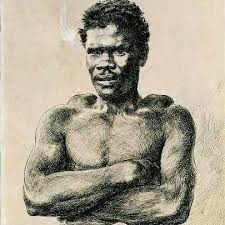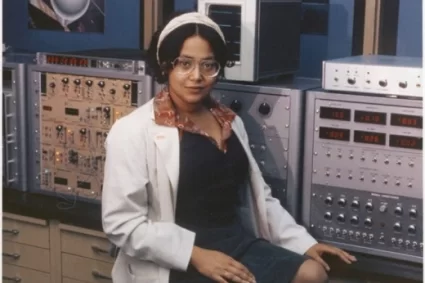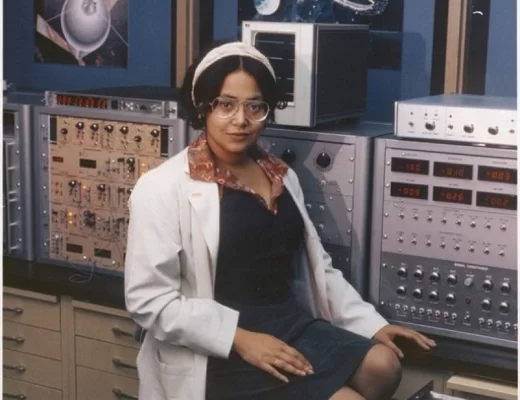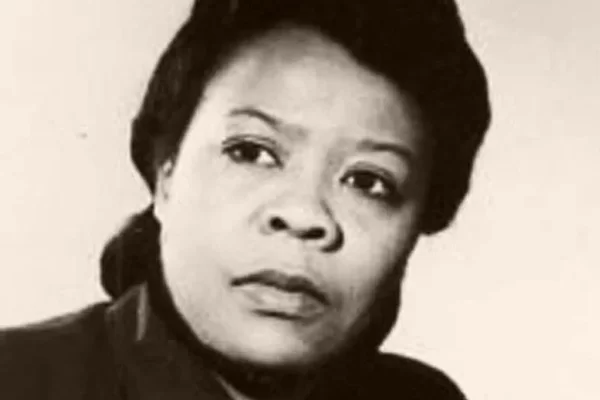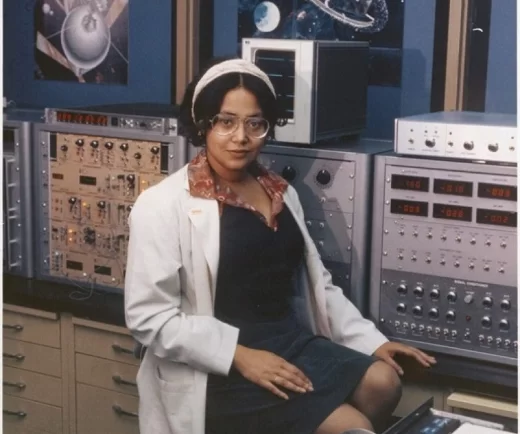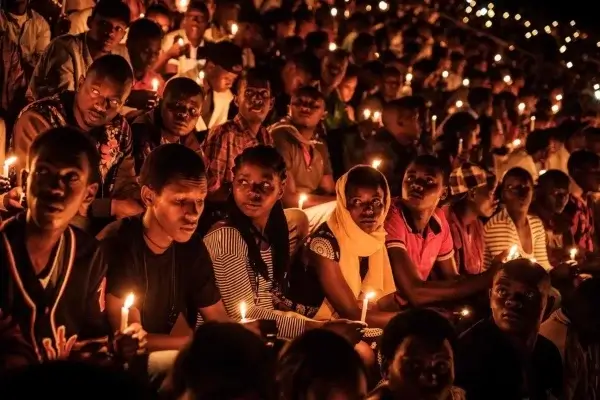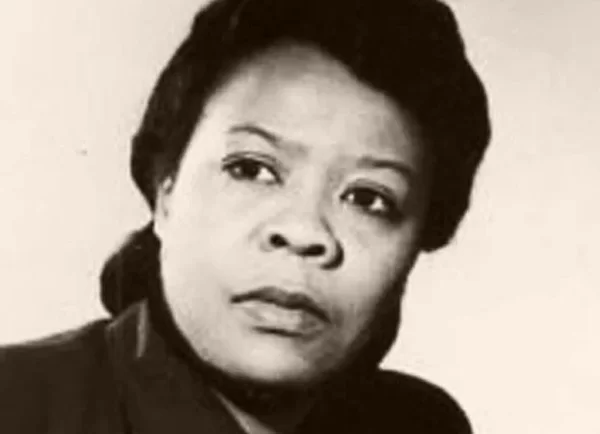Journey Through Recent Stories 🔎
Patricia Cowings: Pioneering Space Psychology
Meet Dr. Patricia Cowings, an innovative aerospace psychologist and aspiring astronaut. who studies how people stay safe in challenging places, like space missions. Patricia Cowings […]
Tech & InnovationMeet Dr. Patricia Cowings, an innovative aerospace psychologist and aspiring astronaut. who studies how people stay safe in challenging places, like space missions.
Patricia Cowings was born on December 15, 1948. She grew up in the vibrant community of The Bronx, New York City. Her amazing journey, driven by curiosity and determination, took her on a path to become a renowned aerospace psychologist.
A Curious Mind Begins Exploring
As a young African American girl, the wonders of science and the complexities of the human mind fascinated Patricia. Fueled by her curiosity, she pursued a PhD in psychology at the University of California Davis, where she dove into the mysteries that intrigued her.
Setting Out into Space
Venturing into the unknown realm of space exploration, Cowings joined NASA in 1971, sparking a passion for understanding how space travel affects the human body. Her pioneering research aimed to make space safer and easier for astronauts beyond Earth’s atmosphere.
Armed with Innovation: The AFTE Revolution
In the early 1980s, at NASA’s Ames Research Center, Patricia faced the challenges of space travel head-on. With her revolutionary patented invention, the Autogenic-Feedback Training Exercise (AFTE) system, she enabled astronauts to have control over their bodies in space!
Preparing for Cosmic Adventures
Under Patricia’s guidance, astronauts underwent 12 transformative (AFTE) training sessions, each lasting 30 minutes. Imagine being able to control your heartbeat or breathing while floating in space!
Patricia and her team conducted experiments where she made people feel like they were in different levels of gravity. She used a machine called a “human centrifuge” for this. It spins around really fast, making people feel like they’re heavier than usual, just like on Earth or even 1.5 times heavier.
During these tests, people spent a long time in the spinning machine. Dr. Cowings checked things like their skin temperature, how fast their blood flowed, their heart rate, and how they breathed. She also gave them tests to see how well they could think and move under these conditions.
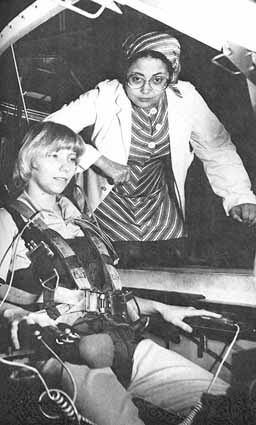
Beyond Earth’s Boundaries: A Tireless Journey
Patricia Cowings’ dedication knew no bounds. Beyond Earth’s orbit, she studied how microgravity affected cosmonauts on the Mir Space Station, uncovering how space travel impacts human health.
Unraveling the Mysteries of Space
From simulating space conditions on Earth to monitoring astronauts in orbit, she led numerous experiments uncovering the wonders and challenges of space exploration. Her work paved the way for humanity’s journey beyond our planet.
Decoding Gravity’s Secrets
With her clever experiments using the “human centrifuge,” Dr. Cowings learned how the human body reacts to different gravitational forces. These discoveries help us understand how astronauts cope in space.
Patricia Cowings Guiding Those Who Soar
Cowings’ influence extended beyond astronauts to include pilots, rescuers, and soldiers. Her teachings and training exercises helped them navigate their missions with confidence.
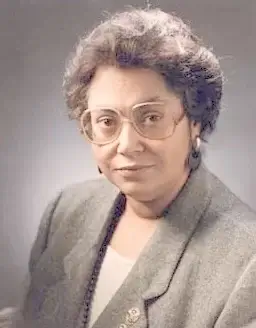
Inspiring the Next Generation
Patricia Cowings made significant contributions to the field of space psychology through her innovative research and determined attitude. The positive influence she left behind inspires future generations to aim high and pursue their dreams.
What marvels await us as we continue our voyage into the boundless expanse of the universe? The sky is not the limit—it’s just the beginning of our odyssey into the unknown.
Remembering Rwandan Genocide: Lessons of Loss and Resilience
Like a simmering pot on a stove, long before the devastating Rwandan Genocide of 1994, a bitter divide plagued the land. Two ethnic groups, the […]
Events Global African HistoryLike a simmering pot on a stove, long before the devastating Rwandan Genocide of 1994, a bitter divide plagued the land. Two ethnic groups, the Hutus and Tutsis filled with tension, threatened to boil over.
This tension started way back when Belgium was in charge of Rwanda. Instead of treating everyone equally, they played favorites, giving the Tutsis more power and leaving the Hutus feeling angry and left out.
Tension Brews: Colonial Legacy
In Rwanda, the Hutus make up most of the population, but historically, the Tutsis have had more power. Back in 1959, things took a drastic turn when the Hutus toppled the Tutsi monarchy from power. This led to a wave of violence.
The Nightmare Unfolds: Rwandan Genocide Begins
Fast forward to 1994, a plane carrying the Hutu president was shot down, chaos erupted. Extremist Hutus blamed the Tutsis for the attack and used it as an excuse to unleash violence. It was a well-organized nightmare, with innocent Tutsis being targeted and killed mercilessly.
Allegations and Accusations: Blaming the Other Side
As the violence escalated, different groups pointed fingers at each other. The Tutsi-led rebel group, the Rwandan Patriotic Front (RPF), claimed that the Hutus shot down the plane themselves to justify their attacks on Tutsis. Amidst the chaos, the truth became blurred, and innocent lives continued to be lost.
Nightmare Unleashed: Chaos and Carnage
Once-friendly faces turned into enemies, tearing families apart and shattering trust. Even places meant for safety, like churches and schools, turned into battlegrounds, echoing with screams of terror.
Like bullies on a rampage, armed groups with machetes, clubs, and other weaponry wielded their weapons. People seeking refuge inside Ntarama church were burnt alive. Neighbors hunted down their neighbors, and some husbands killed their wives just because they belonged to a different group.
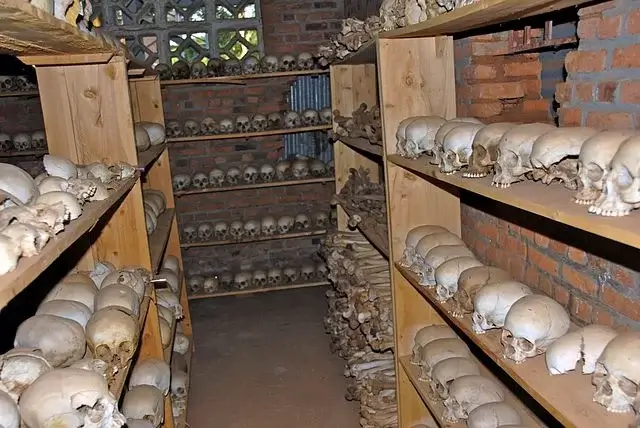
Silent Witnesses:
As the chaos unfolded, the world stood by, watching in horror but doing little to help. It was as if everyone had their hands tied, unable or unwilling to intervene.
The United Nations, a superhero without powers, was present in Rwanda but didn’t stop the madness. Despite knowing the scale of the horror, they hesitated to act, leaving the victims to suffer alone.
It was a tragic chapter in history where, for 100 days from April to July 1994, silence spoke louder than words.
Emergence of Hope:
In the midst of all the chaos and sadness, a glimmer of hope appeared on the horizon. Imagine a group of brave champions, like characters from a movie, rising up against the villains. That’s what happened when the Rwandan Patriotic Front (RPF), led by a courageous Tutsi named Paul Kagame, decided they had enough of the violence.
They fought tooth and nail against the extremist Hutus, gradually gaining ground until they defeated the government forces.
A beam of light pierced through the darkness, putting an end to the nightmare of genocide.
But victory came at a great cost – almost a million lives lost and millions more forced to flee their homes as refugees.
Quest for Justice and Healing:
After the dust settled and the guns fell silent, Rwanda faced a huge challenge – rebuilding and healing.
Similar to a broken puzzle, scattered into a thousand pieces, remained a nation of people waiting to be put back together. That’s how Rwandans felt as they tried to pick up the pieces of its shattered society.
The international community stepped in, setting up the International Criminal Tribunal for Rwanda to bring the culprits of the genocide to justice. Meanwhile, Rwanda itself held trials for many ordinary citizens who had taken part in the killings.
The wounds left by the genocide ran deep. Families were torn apart, neighborhoods destroyed, and trust shattered. It would take years of hard work and dedication to not only rebuild the physical buildings but also mend the hearts and minds of the Rwandan people.
Learning from Tragedy:
The Rwandan Genocide is like a cautionary tale, a warning bell ringing loud and clear. Picture a dark storm cloud gathering, sinister and frightening. That’s what happens when we leave hate and prejudice to grow unchecked.
The genocide serves as a reminder to all of us about the dangers of ignoring the signs of tension and violence between different groups of people. It’s a wake-up call, urging us to speak up and stand against injustice before it’s too late.
Remembering the Rwanda Genocide isn’t just about paying tribute to the lives lost; it’s also about making sure history doesn’t repeat itself.
Sources:
- Face2face Africa Musanze caves of Rwanda that became a safe haven for 1994 genocide victims
- BBC 2019
- Genocide Archive of Rwanda
- People hold candles in remembrance at a vigil at Amahoro Stadium
Marie Van Brittan Brown: Transforming Home Security Forever!
Marie Van Brittan Brown was an African American nurse and inventor. She was born in Jamaica Queens, New York, on October 22, 1922. She and […]
Tech & InnovationMarie Van Brittan Brown was an African American nurse and inventor. She was born in Jamaica Queens, New York, on October 22, 1922. She and her husband, Albert, had two children.
On February 2, 1999, Mrs. Van Brittan Brown passed away. She was seventy-six. This is the story of how she developed the concept for CCTV home security systems.
A Neighborhood in Need
In the bustling neighborhood of Jamaica Queens, New York, during the swinging 1960s, a remarkable black woman named Marie Van Brittan Brown had a big idea that would change the world.
Overcoming Fear with Innovation
Imagine being home late at night, feeling a little nervous about who might be lurking around outside. That’s exactly how Marie felt.
As a nurse with unpredictable hours, it wasn’t uncommon for her to arrive home after dark.
She often found herself overwhelmed with a sense of unease about potential threats. But instead of succumbing to fear, Marie decided to take action.
A Dynamic Duo with a Revolutionary Vision
Marie was no ordinary individual. She was smart, curious, and determined to improve her family’s personal safety. Working together with her husband Albert, who was highly skilled as an electronics technician, they set out on a journey to create something revolutionary.
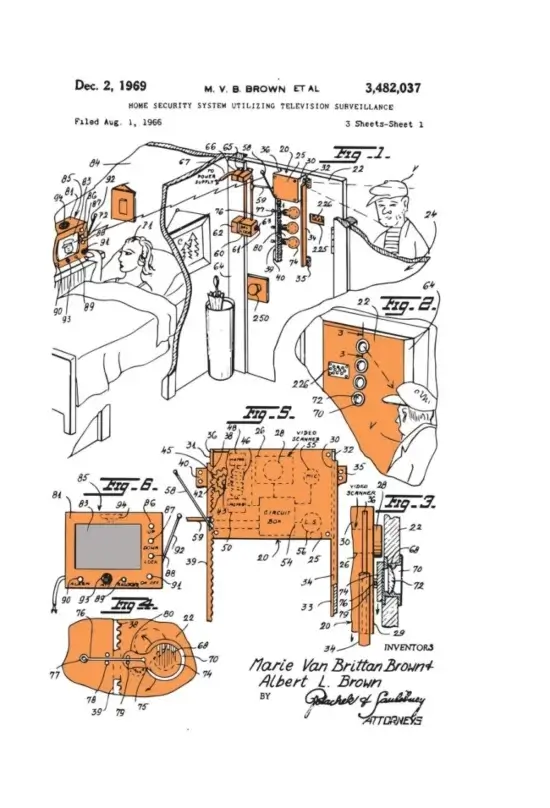
The Birth of an Idea
Marie’s first brilliant idea was to install specialized peepholes in her front door. But these weren’t your ordinary peepholes. She placed them at different heights, so everyone could use them — tall folks, kids, and everyone in between.
Then, they installed a camera on the door that could move through each peephole. The camera sent pictures to a screen monitor inside the house. It was like magic!
The Invention That Changed Everything
With her invention, Mrs. Marie Van Brittan Brown could see who was at her door without even opening it. But she didn’t stop there. She incorporated microphones, so she could talk to people outside.
And, if there was trouble, she could call for help with the push of a button. It was like having a champion’s power at her fingertips!
Marie Van Brittan Brown’s Legacy of Innovation
In 1966, Marie and Albert were granted a patent for their groundbreaking invention. It was the first-ever closed-circuit television security system! Their invention paved the way for all the amazing features we have in home security systems today, like video monitoring and remote-controlled door locks.
Marie’s remarkable invention received a lot of praise, with even the New York Times writing an article about her innovative design.
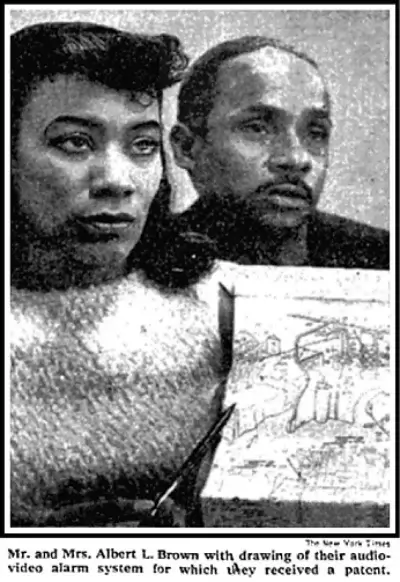
The Power of One
Marie demonstrated that the pursuit of innovation knows no bounds. Her legacy reminds us that anyone, no matter who they are, can make a difference. With determination and creativity, anything is possible.
So next time you use a keycard to unlock your door, press a button to gain access, or see surveillance cameras in banks, hotels, and along streets, remember Marie Van Brittan Brown–the woman who dared to dream of a safer world for us all.
Discover the inventor who simplified cooking processes with the invention of the biscuit cutter.
References:


